Whether you are new to coffee or run a cafe, mastering the general-knowledge of coffee helps you evaluate and brew with confidence. This article reviews the historical origins of coffee and talks about brewing a flavorful cup of coffee.
The Origin Story of Coffee
It is well known that coffee originates from Ethiopia in Africa. Regarding the discovery of coffee, there are several stories around the world. The classic legend about a shepherd is the most widely spread.
About five centuries ago, an Arab shepherd was tending his flock on the steppe when he noticed his goats had become unusually energetic. He looked at it closely and realized they had been nibbling a certain red berry. He decided to taste the fruit himself out of curiosity and felt in high spirits. Thereafter, he often enjoyed the berries alongside his herd. Later, a religious devotee passed through the area, gathered some of the remarkable red fruit, and shared it with fellow believers. Everyone was amazed by its effects. Gradually, this kind of fruit and its special properties spread widely. That fruit is what we now call the coffee cherry.
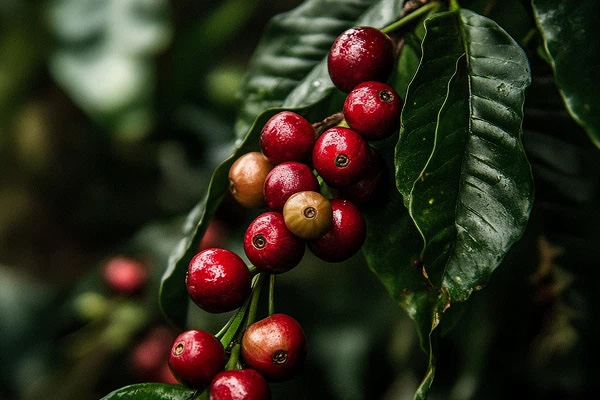
The Three Major Coffee Species
Coffee is primarily classified into three species and each of them has distinct characteristics.
1. Coffea arabica: As the earliest discoverable coffee species and now the mainstay of the global market, accounting for over 70%, It is distinguished by refined acidity, fresh floral aromatics, and an alluring mouthfeel, making it offer layered and highly diverse flavor experience.
2. Robusta: Originating in Congo in Africa, it accounts for roughly 20–25% of global cultivation. Although it's generally less nuanced in flavor and contain high amounts of caffeine than other species, it is inexpensive to grow and produces abundant crema, making it a common choice for blends and instant coffee.
3. Coffea liberica: Representing only about 2% of the global market, its scarcity drives higher prices and it’s not commonly used day to day. The trees and cherries are larger, and the beans are teardrop-shaped, with a profile closer to Robusta. Containing high caffeine content, floral aromatics, and distinctly dry finish have made it widely popular worldwide.
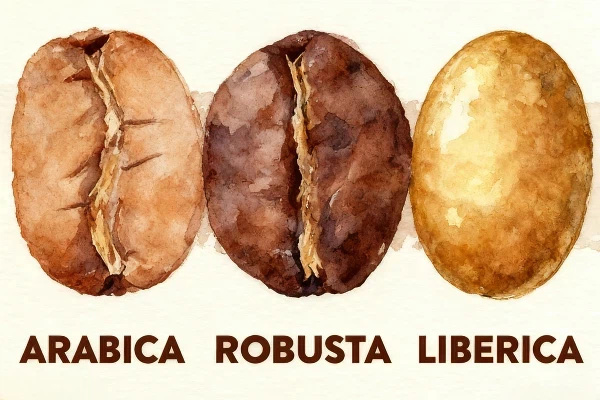
Traditional Processing Methods
Dry Process is the most traditional method, also called Natural method. Beans tend to show lower acidity and elevated sweetness. While it is less clean, the beans proccessed by this method often delivers dense, layered complexity.
Washed Process is the classic approach. This method is washing the beans by clean water. This method helps to brew a cup of bright acidity and pure coffee, though overall flavor complexity can be slightly reduced.
Honey Process: Originating in Costa Rica, this hybrid method borrows from both natural and washed processing. It typically yields standout aromatics, a balanced sweet-tart profile, and a notably full, syrupy body.
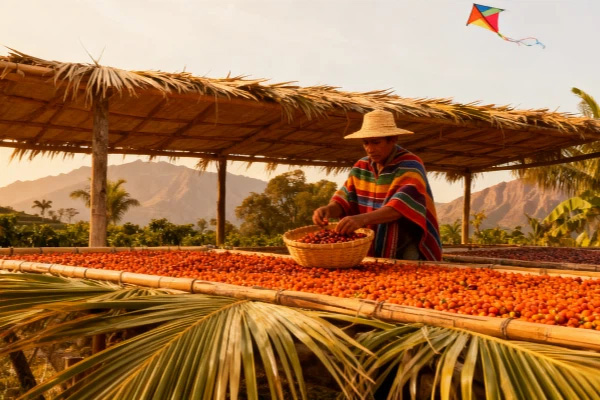
Coffee Roasting: The Birth of Aroma, Flavor and Mouthfeel
Coffee roasting is the process of transforming green coffee beans with high heat into beans suitable for brewing. Roast level directly shapes a coffee’s acidity, sweetness and bitterness, making it a decisive stage in defining flavor.
Light Roast: It has distinct layers of acidity, offers a relatively clean mouthfeel, highlights the coffee bean's original flavors, and is accompanied by subtle floral notes and fresh fruity undertones.
Medium Roast: It features mellow acidity, rich sweetness, and balanced bitterness. While retaining some of the coffee beans' original flavors. It also brings out the rich notes of nuts and chocolate.
Dark Roast: It has mild acidity and prominent bitterness, dominated by roasted aromas overall, and also accompanied by deep smoky and woody undertones.
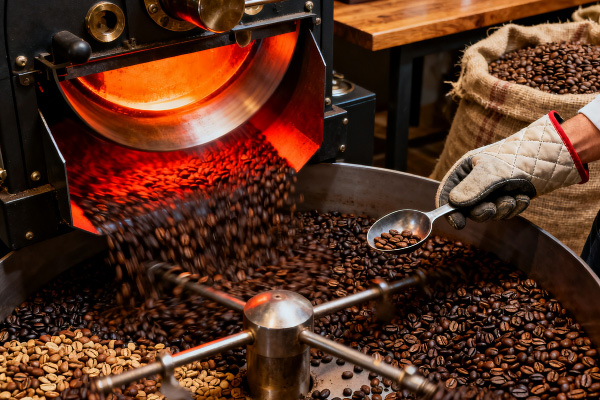
Coffee Preparation: Art of Turning Grounds into an Aromatic Coffee
Once the beans are ground, coffee can be extracted with various brewers.
Espresso: An espresso machine uses high pressure to produce a concentrated shot, which is called espresso and it serves as the base for Americanos, lattes, and cappuccinos. Every drink begins with this small, intense extraction. A superior coffee grinder is the key to make a good cup of espresso.
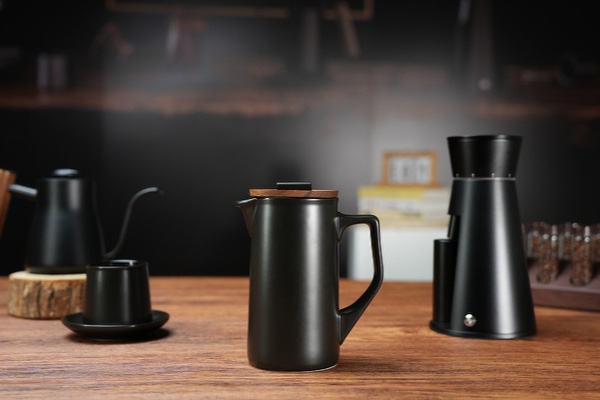
Pour-over coffee: Pour the hot water with a pour over coffee maker and paper filter to extract the subtle and fine flavors from coffee grounds.
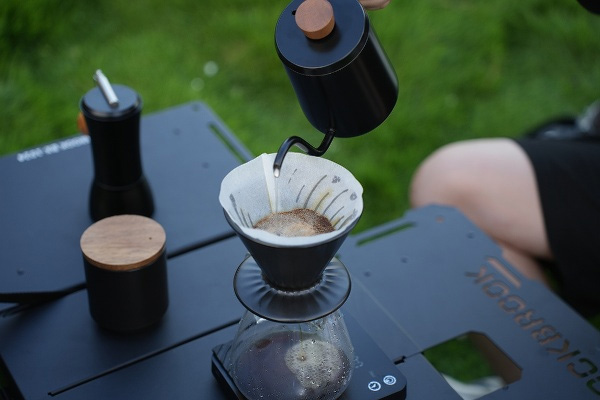
Siphon Coffee: Using a siphon pot by heat-driven extraction, Brew a smooth, silky cup with layered complexity.
Immersion Coffee: The French press is the most representative immersion brewer. Steep the coffee powder and pressing the plunger to filter the grounds. Immersion coffee retains more oils for a rounder mouthfeel. Cold brew is the better choice to summer and to those who prefer lower acidity.
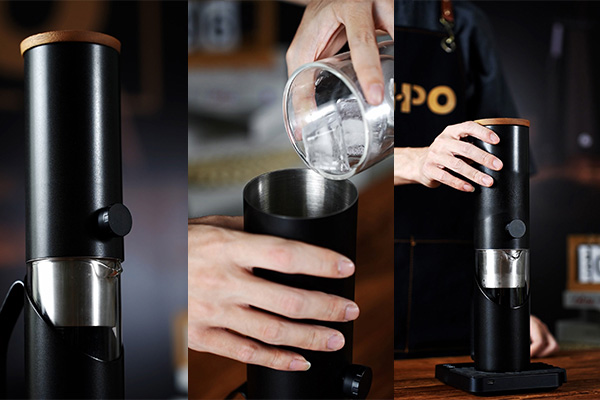
Exploring coffee’s flavors is a delightful journey. From coffee’s origin to recent years, its evolution reflects our continual pursuit of a better daily life. I hope that you’ll discover your own signature flavor along the way.
Keywords: coffee
Originally published 18 Sep 2025, updated 18 Sep 2025.
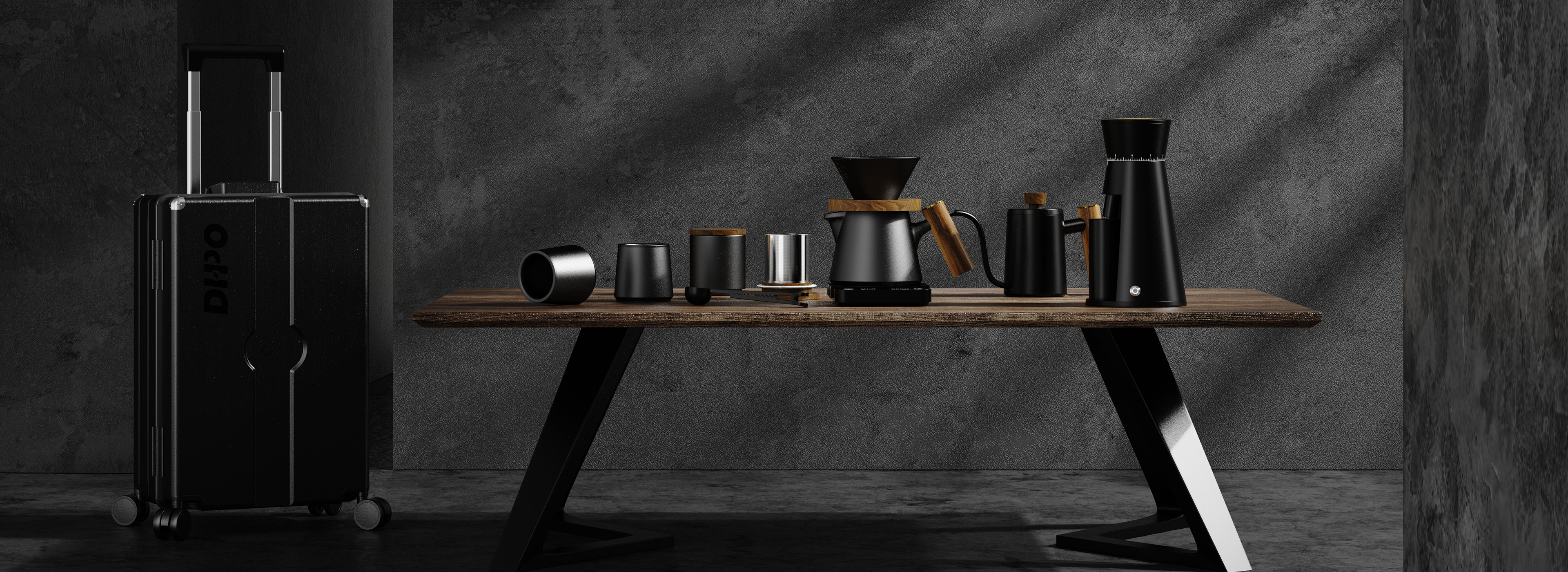
We are currently developing DHPO distributors and agents worldwide
Join Us